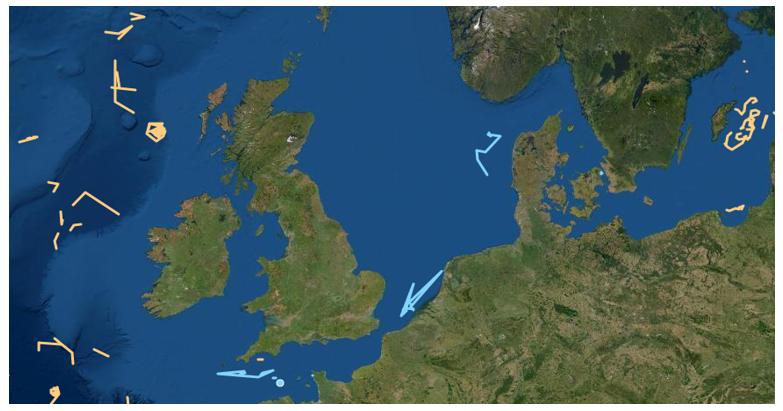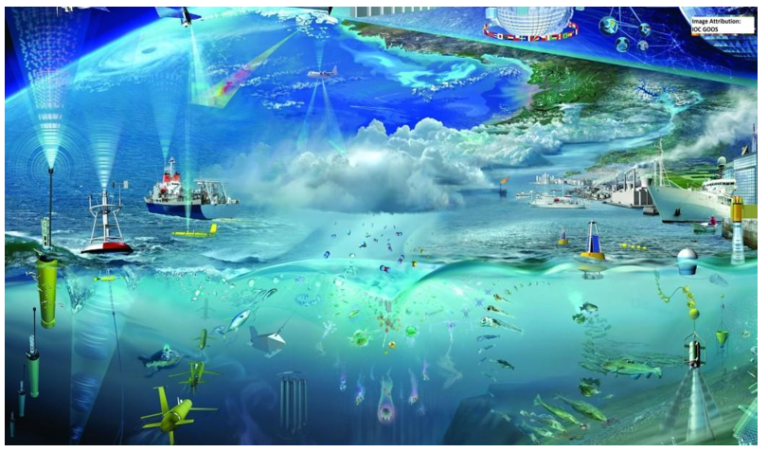The Copernicus Marine Service (CMEMS) and Mercator Ocean International have announced that they are using fishing vessels in the North Sea to obtain in-situ data on essential ocean and climate variables in areas that are otherwise hard to reach.
By collaborating with Berring Data Collective (BDC), a startup dedicated to ocean observation, Copernicus Marine scientists found the innovative way to gather data from fishing vessels.
Fishing net sensors are used to collect data across the entire water column – both on their way to the seafloor and back up to the surface. Meanwhile, the fishing vessels themselves are monitoring essential climate and ocean variables, such as air temperature, humidity, biology, salinity and currents.
As multiple data sets can be sourced from the same vessel, the resulting modeling can be developed for longer-range forecasting. The data collected is then made available by Copernicus Marine’s In Situ Thematic Assembly Centre (INS TAC) which draws from a wider network of data producers to provide high-quality multi-source data.
This allows users, including Copernicus marine monitoring and forecasting centers, to validate their studies, optimize their models and gain a deeper knowledge of the marine environment.

Sylvie Pouliquen, head of Copernicus Marine’s INS TAC, led by Ifremer, France, said, “It’s always an exciting challenge to establish a new data flow – and this initiative is especially exciting as we’re inviting the marine and fishing industries to contribute directly to marine monitoring. So far the project is going extremely well.”
Vessels currently being used routinely for this new way of collecting marine data include a small Danish gill net vessel fishing out of Sletten Havn in Denmark, a Belgian beam trawler collecting data mainly for the fishing industry and fisheries science applications for the Flemish Institute for Agricultural, Fisheries and Food Research, as well as Dutch beam trawlers from industry-driven projects and initiatives.
In collaboration with BDC, Copernicus Marine plans to add 50 more vessels by the end of 2021 and expand the network further to coastal seas across the globe by 2022.



